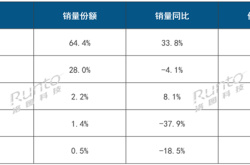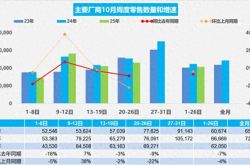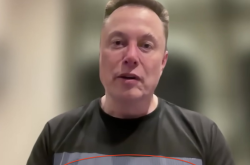Nintendo Remains Resilient Amid Sony's Challenges
![]() 02/06 2025
02/06 2025
![]() 437
437
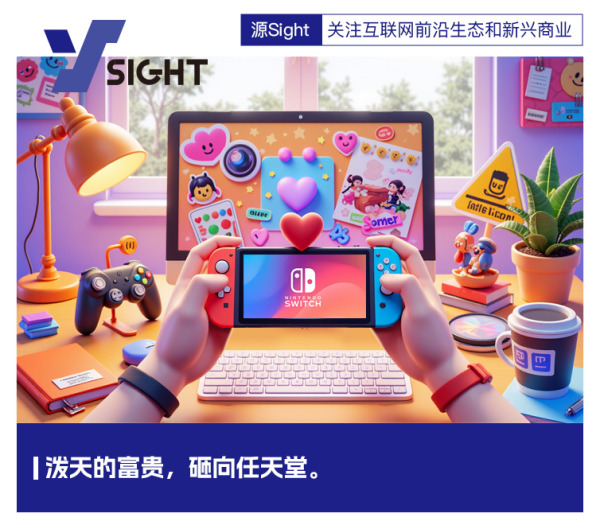
Source | YuanSight
The Japanese video game console market is experiencing rapid transformations.
According to recent data disclosed by Famitsu, a renowned Japanese gaming media outlet, the size of the Japanese domestic home gaming market (encompassing sales of game consoles and game software) in 2024 plummeted by a significant 25.4% compared to the previous year, amounting to 301.32 billion yen. This marked the first contraction since 2021.
In this market winter, Sony's PS5 performance was particularly striking, with sales dropping sharply by 44% from 2.587 million units in 2023 to 1.454 million units, instantly becoming the focus of market attention.
However, on January 16, Sony's long-standing rival Nintendo announced that it would release the next-generation Switch 2 console within the year and would hold a Direct presentation on April 2 to unveil more information. This news instantly shattered the market's lull and injected a robust impetus into Nintendo's response to market competition.
The contrasting performances of Sony and Nintendo are akin to a pebble thrown into a pond, not only impacting the two companies but also subtly rippling and reshaping the landscape of the Japanese video game console market.
01
Sony's Setback
Sony's PS5 encountered a significant stumble in the Japanese market in 2024, a situation that was not unforeseen.
Data from the statistics website VGChartz reveals that as of September 2024, the total sales of PS5 in Japan stood at 6.0723 million units, but sales growth gradually waned thereafter. To compound matters, multiple price hikes severely impacted PS5 sales, with these increases directly leading to a reduction of over 50% in weekly sales in Japan. Comparing PS5 sales with those of PS4 at the same stage, it becomes evident that the sales gap between the two is narrowing.
From a hardware perspective, since its launch, the PS5's mid-generation upgrade in 2024 failed to impress gamers. Today's gamers are increasingly discerning; they demand ever-higher standards of gaming experience, with hardware performance being a crucial determinant.
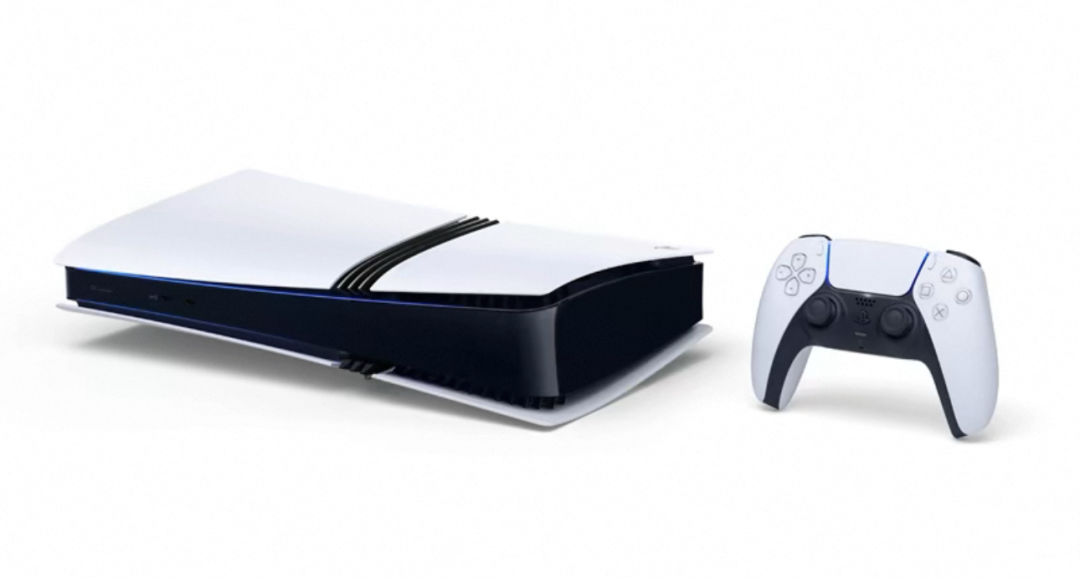
PS5 Product Image | Screenshot from JD.com
While other competitors may have achieved breakthroughs in hardware performance, the PS5 stagnated, unable to meet gamers' expectations for novel experiences, causing many potential consumers to hesitate.
In terms of software ecosystem, due to the limited number of exclusive games for PS5 and the lack of major new titles, PS5 also underperformed in physical game sales in 2024.
The 2024 Japanese game sales report released by Famitsu was akin to a bucket of cold water poured directly on Sony. In this list, the top ten in physical game sales were almost entirely dominated by Nintendo Switch games, with the sole exception being "Final Fantasy VII: Rebirth" on the PS5 platform, which ranked only ninth.
It's crucial to note that games are the core allure of game consoles. For gamers, an appealing exclusive game could well be the deciding factor in purchasing a console. PS5 falls short in this regard, with its iconic Sony exclusives becoming a relic of the past, unable to motivate consumers to buy the console, making it understandable why sales have suffered.
These factors intertwine, severely impacting Sony's traditional business model. Sony has always operated with hardware sales as its core, complemented by games and services. However, the sharp decline in PS5 sales has rendered this model unsustainable. Poor hardware sales translate into a significant reduction in revenue, forcing Sony to reassess the proportions of its various businesses. Perhaps, increasing the promotion of online services and digital game sales has become a direction Sony must consider at present.
The operating situation is equally bleak. Sales have plummeted, profits have declined sharply, and market share has been further compressed. Sony's position in the Japanese game console market is precarious. Its past glory seems somewhat dim in the frigid market of 2024.
02
Chain Reaction
The steep decline in Sony PS5 sales has ignited a cascade of chain reactions in the Japanese game console market, with Nintendo bearing the brunt.
Market competition and consumer choice have become the pivotal links connecting Sony and Nintendo. Sony's lackluster PS5 performance, like the first domino to fall, directly alters the market competition landscape. When choosing a game console, consumers often consider multiple factors. When the appeal of PS5 wanes, they naturally shift their attention to other brands, making Nintendo Switch a prominent choice.
This shift has had a direct impact on Nintendo, increasing the number of potential Switch consumers and solidifying its market position.
In 2024, the Nintendo Switch series (encompassing the regular version, Switch Lite, and OLED version), as a last-generation game console, achieved sales of 3.109 million units in Japan, down 23% from 4.063 million units in 2023 and declining for the fourth consecutive year. Nonetheless, it has continued to dominate the Japanese game console market for eight consecutive years.
Leveraging its brand and game content advantages, Nintendo's voice in the market has relatively grown louder, giving it more bargaining power when negotiating with game developers and making it easier to secure marketing resources. Even third-party game developers are willing to "escort" the release of Nintendo's new console.
According to a tweet by Paul Gale, a reputable source, Nintendo Switch 2 will welcome "blockbusters" created by third-party studios. Paul Gale wrote: "At the 2017 E3 Expo, the future popularity of the Nintendo Switch exceeded everyone's expectations. When the Switch was released and during the expo, some major third-party developers had not yet provided it with three games. However, now these developers are developing large-scale games for Nintendo's next gaming system, the Switch 2, planning to launch them during its release window."
Faced with the tightening grip of its rivals, Sony will inevitably make changes to salvage the situation, such as adjusting product strategies, accelerating the development of new models, and increasing investment in game development. These moves by Sony may, in turn, trigger chain reactions from Nintendo, which needs to expedite the release of new games and optimize hardware performance to meet the challenge.
This chain reaction continues to expand, with Sony's market changes acting like an invisible hand, prompting upstream and downstream enterprises throughout the game console market to reassess their cooperation strategies. Game developers may adjust their allocation of game development resources for the Sony and Nintendo platforms, and peripheral product manufacturers will also modify their production plans based on market changes. The entire Japanese game console market is undergoing dynamic shifts due to the sharp drop in Sony PS5 sales.
03
Nintendo's Counterattack
Faced with market changes spurred by Sony, Nintendo swiftly responded, beginning to re-examine its business model and operating conditions.
Nintendo's business model revolves around its rich first-party games and unique hardware design as its core competitiveness. From "Super Mario" to "The Legend of Zelda," Nintendo boasts a plethora of game IPs beloved by gamers. These games are not only Nintendo's signature but also crucial factors attracting gamers to purchase the Switch.
In terms of hardware design, the portability of the Nintendo Switch is a standout feature. It can be connected to a TV for big-screen gaming or used as a handheld console for anytime, anywhere play, catering to the needs of diverse gamers. Despite the decline in Switch sales in 2024, Nintendo still has the confidence to navigate market changes thanks to these advantages.
Building on its strengths, Nintendo has formulated a series of response strategies. In terms of games, it has intensified efforts in developing new games and launching more titles. The popularity of "Super Mario Party The Great Gathering" was a successful attempt by Nintendo in game content. This game, with its rich gameplay and multiplayer interaction mode, attracted a vast number of gamers and became the champion of Japanese game software sales in 2024.
In terms of hardware, Nintendo is also continuously refining its offerings, such as with its upcoming Switch 2, which is anticipated to bring a fresh gaming experience. On January 16, 2025, Nintendo officially unveiled the next-generation Switch 2 console and announced that it would hold a Direct presentation on April 2 to introduce more information, with the Switch 2 set to be released within the year. This news was akin to a thunderous bomb thrown into a tranquil lake, injecting a robust impetus into Nintendo's response to market competition.
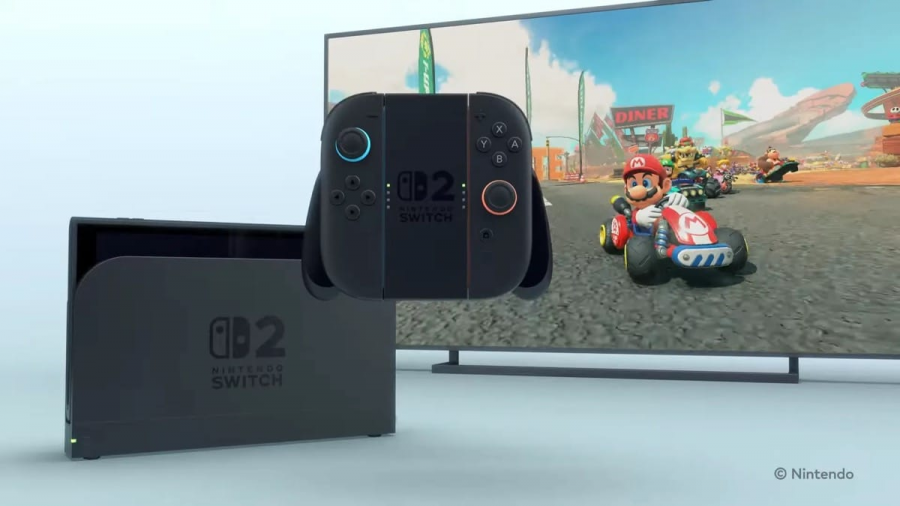
Screenshot from Switch 2 promotional video
Based on the information that has been disclosed, the Switch 2 is equipped with NVIDIA's T239 chip, features 8GB of RAM, has 64GB of internal storage, is equipped with an 8-inch 720P LCD screen, supports 24gbps HDMI 2.1, 10-bit HDR, and 4K60 output, and supports NVIDIA DLSS 3.5 ray tracing technology, marking a substantial improvement in hardware performance. This will undoubtedly better meet the high demands of current gamers for game graphics and smooth operation.
With the launch of the Switch 2, Nintendo is expected to attract more third-party game developers to create games for its platform, further enriching its game lineup.
With the consistent release of new games and the continuous optimization of hardware performance, Nintendo is poised to maintain its leading position in the Japanese game console market. However, the market is unpredictable, and competitors like Sony will not remain idle. In the future, competition in the Japanese game console market will undoubtedly intensify.
Some images are sourced from the internet. Please inform us if there is any infringement for removal.

